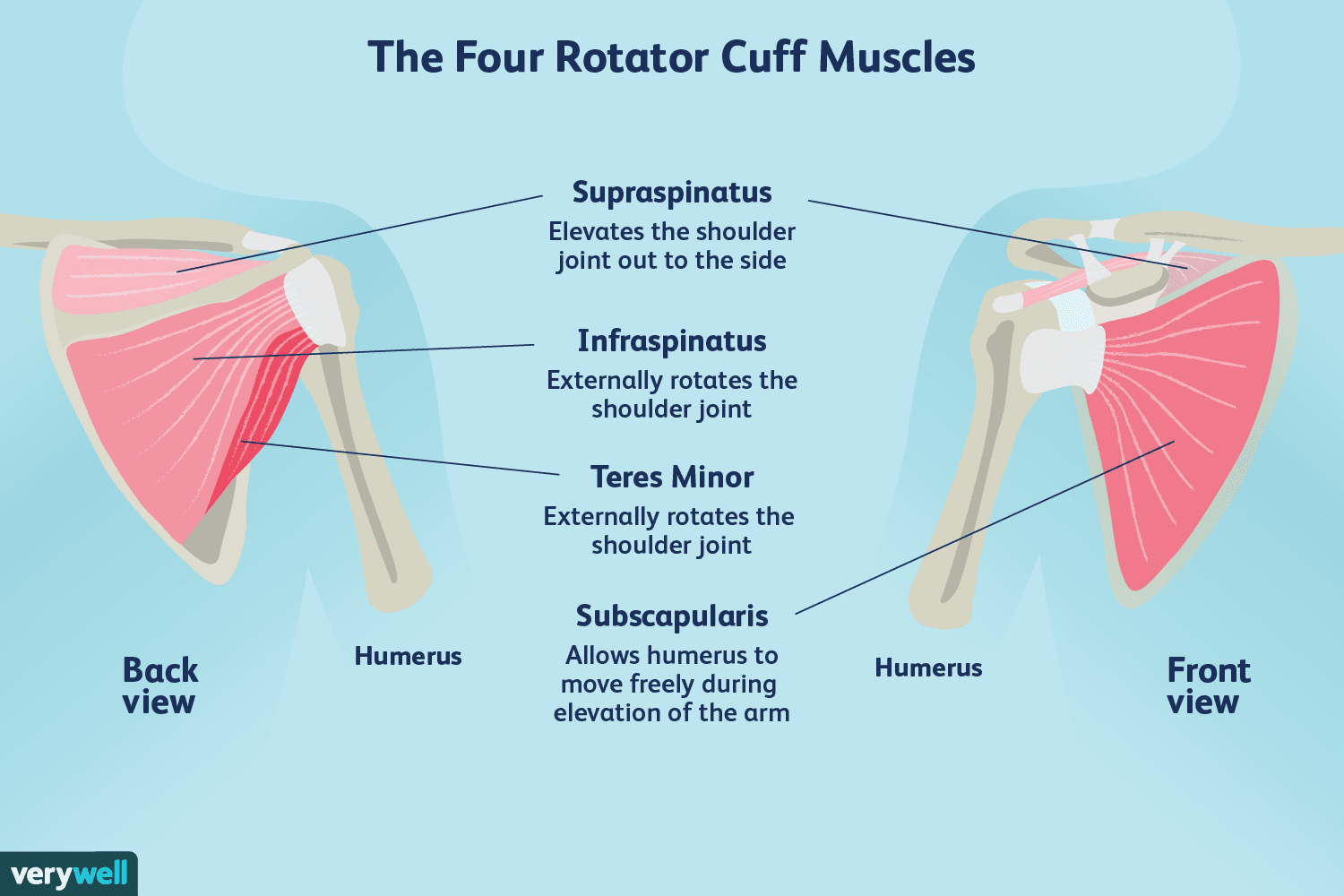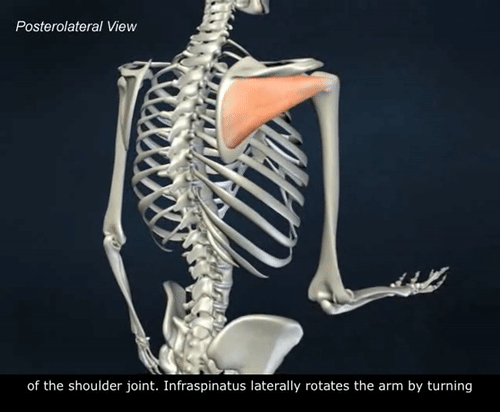By Dr. Clifford Yun, PT, DPT
Shoulder dislocations and shoulder general overuse can lead to a SLAP tear without strength and stabilization. This month we talk about what is a SLAP tear and what are some of the strengthening exercises that we do to bring these shoulders back to full function after surgery. These same exercises that we do after surgery can also be done prior to injury as a preventative effort to avoid SLAP tears. With national averages for SLAP surgeries reaching upwards of $20,000 out of pocket and a 6 figure bill to insurance, it is important to invest time and quality care to your shoulder after surgery.
Wikipedia, “SLAP tear or SLAP lesion is an injury to the glenoid labrum (fibrocartilaginous rim attached around the margin of the glenoid cavity). SLAP is an acronym for "superior labral tear from anterior to posterior".
https://www.shoulder-pain-explained.com/images/xSLAP-tear-shoulder.jpg.pagespeed.ic.wllN81E3XW.jpg
ANATOMY
The shoulder is made of a ball and socket joint. This means the ball of the humerus bone inserts into the socket of the scapula (shoulder blade).
SLAP tears occur when the stability of the ball in the socket is compromised due to a weak rotator cuff, overuse from repetitive motion, or a traumatic fall. If someone has had several shoulder dislocations they are at higher risk of having a SLAP tear compared to the average person that injures their shoulder complex.
https://www.verywellhealth.com/thmb/tPfhzs5AlWOnnrqUUois0jhKsJI=/1500x1000/filters:no_upscale():max_bytes(150000):strip_icc()/the-rotator-cuff-2696385-FINAL1-474e476cc4554dbd97995610f4402577.png
The rotator cuff is comprised of four muscles that function to support the labrum and move the humerus (upper arm bone) in the glenoid foss (socket of the shoulder blade). Primarily the rotator cuff move rotating externally (outward), rotating internally (inward), and out to the side (abduction).
When we get all these parts moving with the other muscles that attach to the shoulder blade and arm we get strong and stable shoulder joint. Multi-Million dollar contract and sponsorship not included...
https://media0.giphy.com/media/xUOwFZBaaiZmXOlXsQ/source.gif
Strengthening:
Rotation in more than one angle is important because the arm has to rotate below and above our shoulder height for daily function. Scapular (shoulder blade) strengthening is also important. This month’s #BrillPT #ExerciseOfTheMonth goes through multi-directional exercises to improve, prevent, or rehab the unstable shoulder. See the 1st of 4 videos this month on Instagram or at our YouTube channel below:






